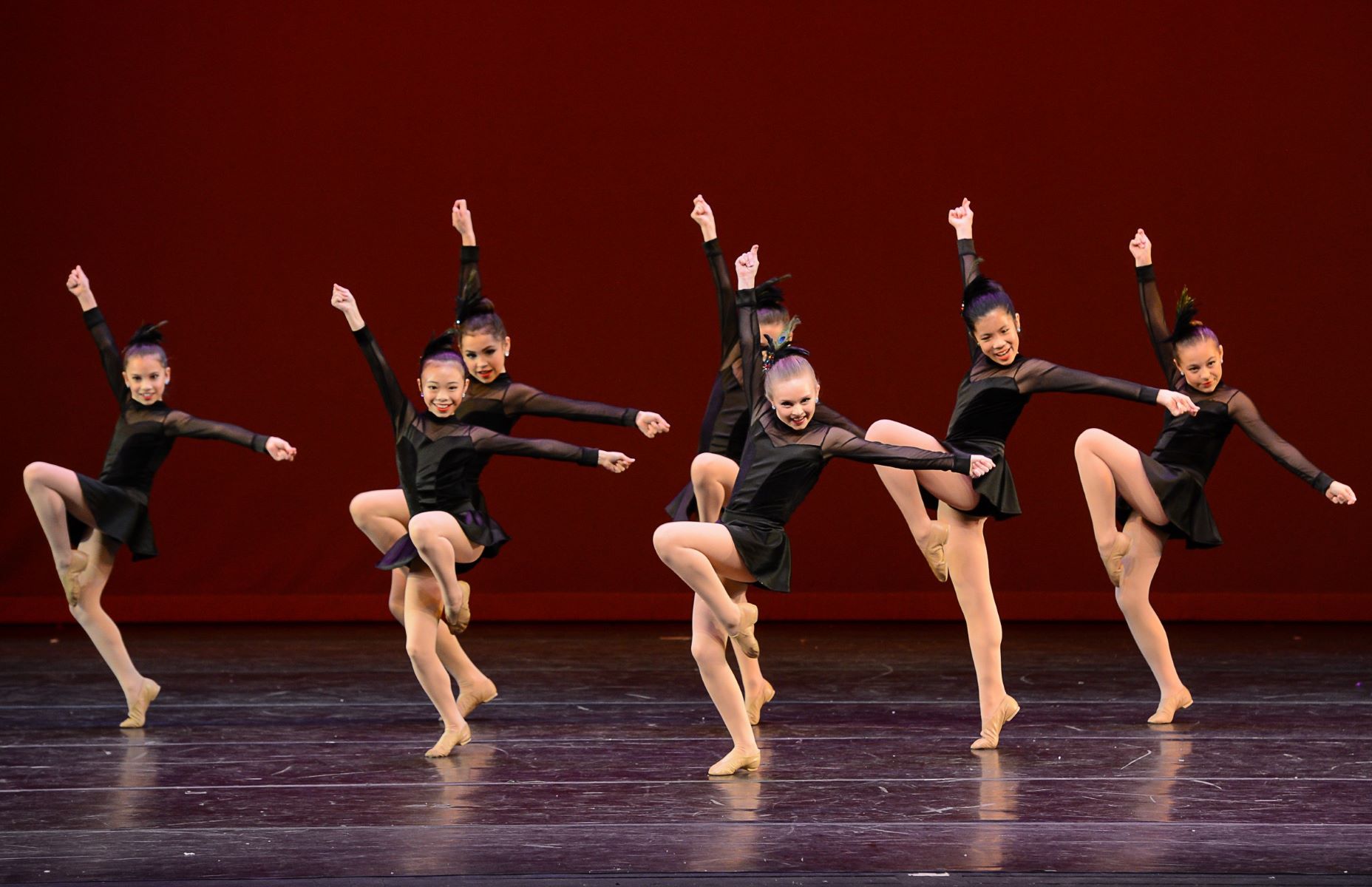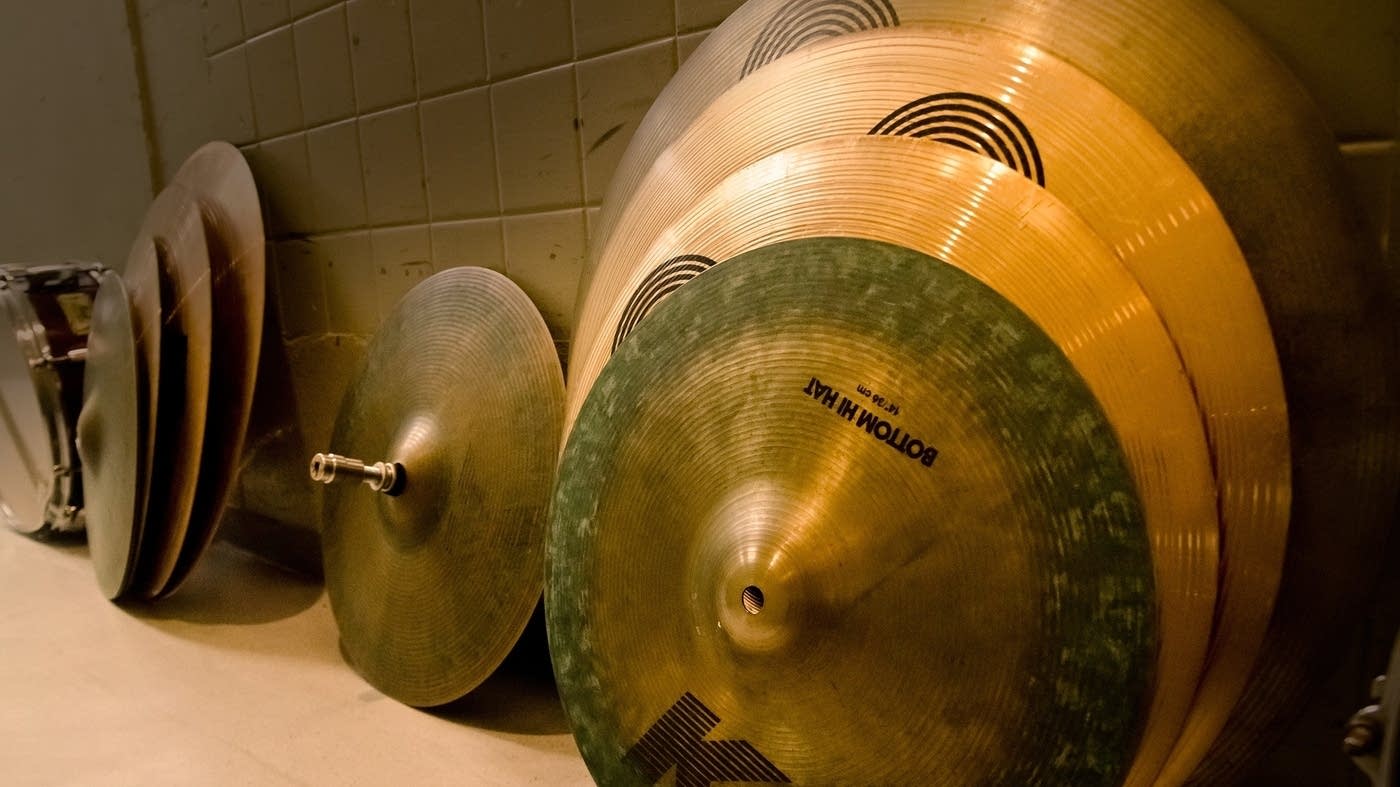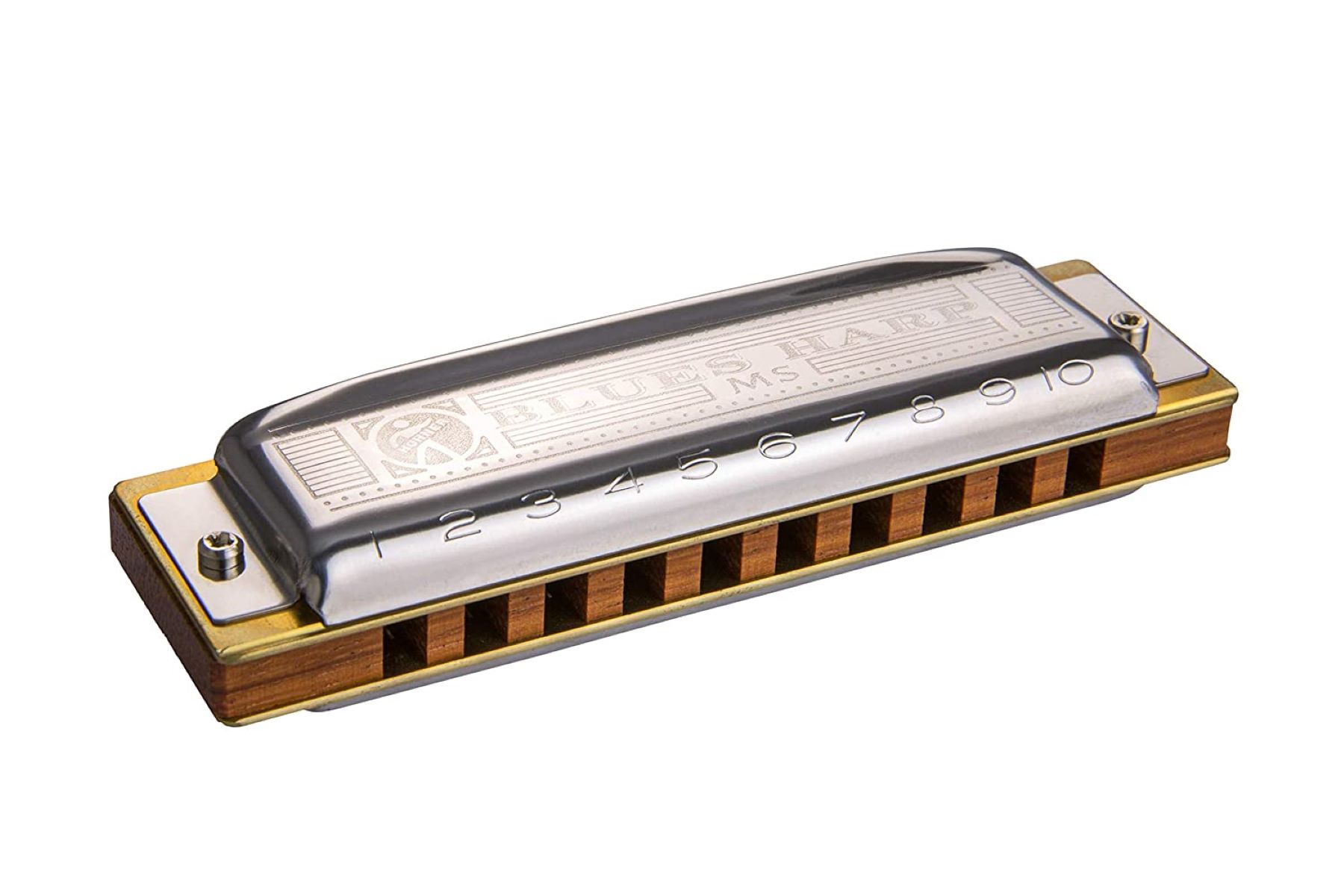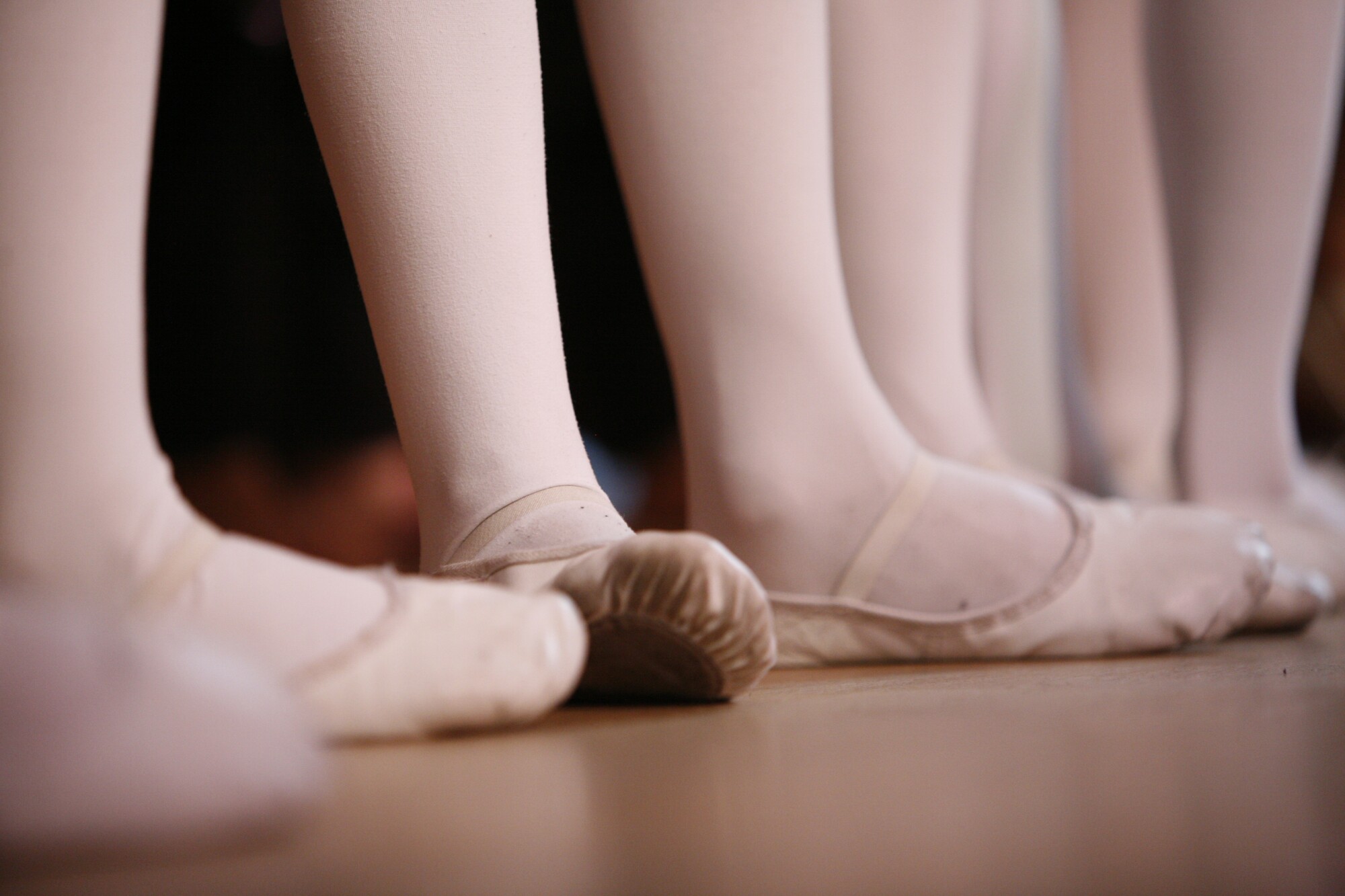Home>Instruments>Drums>What Type Of Instrument Are Drums
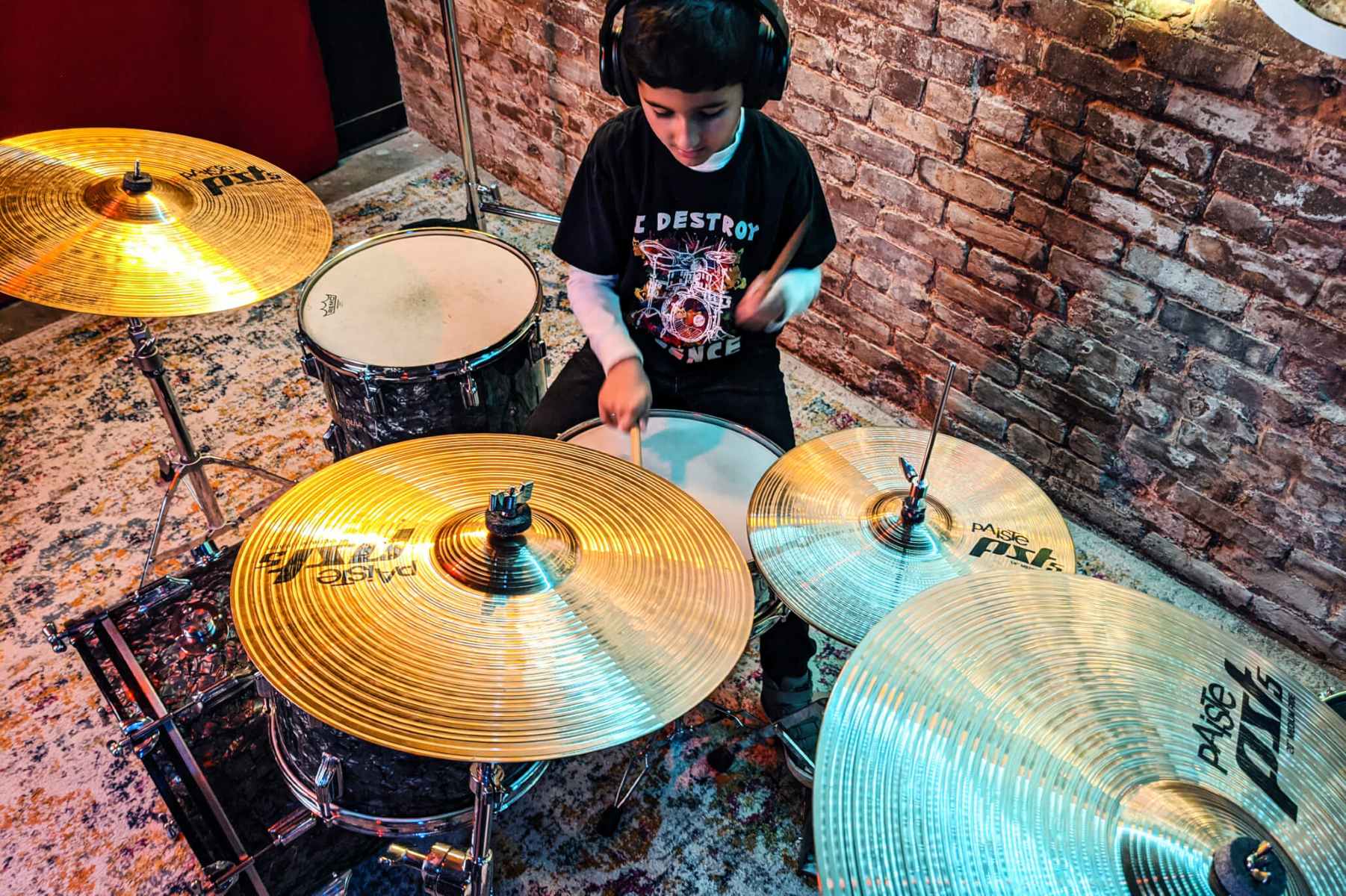

Drums
What Type Of Instrument Are Drums
Published: February 9, 2024
Discover the different types of drums and their unique characteristics. Learn about the diverse range of drum instruments and their cultural significance.
(Many of the links in this article redirect to a specific reviewed product. Your purchase of these products through affiliate links helps to generate commission for AudioLover.com, at no extra cost. Learn more)
Table of Contents
Introduction
Drums are an essential component of music across cultures and genres. These percussion instruments have a rich history and come in various forms, each with its own unique characteristics and cultural significance. Whether it's the primal beats of a traditional drum circle, the driving force of a rock band, or the intricate rhythms of a jazz ensemble, drums play a pivotal role in shaping the sound and feel of music.
The allure of drums lies in their ability to transcend language and communicate directly with the human spirit. From the thunderous war drums of ancient civilizations to the subtle, nuanced rhythms of modern drum kits, these instruments have evolved alongside human creativity and expression.
In this article, we'll delve into the captivating world of drums, exploring their history, diverse types, classification, and unique characteristics. By the end, you'll have a deeper understanding of what makes drums such a vital and dynamic presence in the world of music. So, let's embark on a rhythmic journey and uncover the fascinating intricacies of drums!
History of Drums
The history of drums is as diverse as it is captivating, with evidence of their existence dating back thousands of years. Across different cultures and civilizations, drums have served multifaceted roles, from ceremonial and religious practices to military and communication purposes.
One of the earliest known forms of drums dates back to ancient Mesopotamia, where cylindrical drums were crafted from clay and animal skins. These early drums were used in religious ceremonies and cultural celebrations, laying the foundation for the integral role of drums in communal rituals.
As civilizations flourished, drums became intertwined with warfare, signaling troops, boosting morale, and striking fear into enemies. The thunderous cadence of war drums echoed across battlefields, shaping the rhythm of combat and instilling a sense of unity among fighters.
Across Africa, drums were central to traditional music and dance, serving as a means of communication across vast distances. The intricate rhythms and patterns of African drums conveyed messages, celebrated milestones, and connected communities in a rhythmic tapestry of culture and tradition.
With the passage of time, drums evolved alongside human creativity, giving rise to a myriad of designs and playing techniques. From the emergence of orchestral percussion in classical music to the electrifying pulse of drum sets in jazz, rock, and pop music, the history of drums is a testament to their enduring relevance and adaptability.
Today, the legacy of drums continues to thrive, with modern innovations and technological advancements expanding the sonic possibilities of these timeless instruments. As we explore the various types and classifications of drums, it’s essential to appreciate the rich historical tapestry that has shaped their evolution and enduring resonance in the world of music.
Types of Drums
Drums come in a remarkable array of types, each with its own distinct sound, construction, and cultural significance. From the resonant depths of bass drums to the sharp, staccato tones of snare drums, the diversity of drum types reflects the multifaceted nature of percussion instruments.
One of the most iconic types of drums is the snare drum, characterized by its sharp, piercing sound and a set of snare wires that produce a distinctive buzzing quality. Often featured in military bands, orchestras, and drum kits, the snare drum adds crisp articulation and rhythmic drive to musical compositions.
Bass drums, on the other hand, produce deep, booming tones that underpin the rhythmic foundation of musical ensembles. Their commanding presence and reverberating resonance make them essential components of orchestral percussion sections, marching bands, and various contemporary music genres.
Tom-toms, also known as toms, encompass a range of drums that produce melodic, resonant tones. Typically arranged in sets of varying sizes and pitches, tom-toms contribute dynamic fills and rhythmic embellishments in drum kit setups, lending a sense of depth and movement to musical arrangements.
Another prominent type of drum is the conga, a tall, narrow drum with Afro-Cuban origins. Congas produce rich, vibrant tones and are played either individually or in sets, forming the rhythmic backbone of Latin music genres such as salsa, rumba, and mambo.
Furthermore, the djembe, a rope-tuned skin-covered drum shaped like a goblet, hails from West Africa and holds deep cultural significance. Its versatile tones and expressive capabilities have made it a staple in drum circles, world music ensembles, and collaborative musical experiences.
These are just a few examples of the diverse array of drum types found across the globe. Each type carries its own distinct sonic identity and cultural heritage, contributing to the rich tapestry of rhythmic expression in music.
Classification of Drums
Drums can be classified in various ways based on their construction, playing technique, and cultural context. Understanding the classification of drums provides valuable insight into their diverse roles and sonic characteristics across different musical traditions.
One common classification of drums is based on their method of sound production. Membranophones, a category that encompasses the majority of drums, produce sound through the vibration of a stretched membrane or drumhead. This includes snare drums, bass drums, tom-toms, and many other familiar drum types.
Another classification criterion is based on the drum’s shape and playing technique. For example, tubular drums, such as the conga and djembe, are played with the hands and produce distinct, resonant tones. In contrast, frame drums, like the tambourine and bodhrán, feature a shallow shell and are played by hand or with a mallet, yielding a diverse range of timbres and textures.
Drums can also be classified according to their cultural and geographical origins. For instance, the taiko drums of Japan, characterized by their powerful, thunderous resonance, hold deep significance in Japanese cultural and religious ceremonies. Similarly, the tabla drums of India, with their intricate tonal variations and rhythmic patterns, are integral to classical and folk music traditions in the Indian subcontinent.
Furthermore, the classification of drums extends to their role within musical ensembles. In orchestral settings, drums are categorized into sections such as the snare drum section, bass drum section, and percussion section, each contributing distinct timbres and rhythmic textures to symphonic compositions.
Understanding the classification of drums not only enriches our appreciation of their sonic diversity but also underscores their cultural and historical importance. Whether categorized by sound production, playing technique, cultural heritage, or ensemble role, drums encompass a vast spectrum of musical expression and tradition.
Characteristics of Drums
Drums possess a rich tapestry of characteristics that define their sonic qualities, playing techniques, and cultural significance. These defining traits contribute to the diverse and dynamic role of drums in shaping the musical landscape across genres and traditions.
One of the key characteristics of drums is their percussive nature, allowing them to generate rhythmic patterns and textures that form the rhythmic backbone of musical compositions. Whether producing thunderous, primal beats or intricate, syncopated rhythms, drums have an unparalleled ability to drive the momentum and energy of a musical piece.
Another defining characteristic is the wide range of tones and timbres that drums can produce. From the deep, resonant thud of a bass drum to the crisp, snappy response of a snare drum, each type of drum offers a unique sonic palette that adds depth and dimension to musical arrangements.
Furthermore, the playing techniques associated with drums contribute to their distinct characteristics. Whether played with hands, mallets, or sticks, the nuanced articulation and dynamic range of drumming techniques allow for expressive phrasing and rhythmic embellishments that shape the overall sound of a musical ensemble.
Drums also exhibit cultural characteristics, reflecting the traditions, rituals, and musical practices of diverse communities around the world. The cultural significance of drums is often deeply intertwined with social gatherings, ceremonial events, and expressive arts, serving as a means of communication, storytelling, and communal celebration.
Moreover, the physical construction of drums, including materials, size, and shape, influences their sonic characteristics. Whether crafted from wood, metal, or synthetic materials, drums are designed to produce specific tonal qualities and resonances, with variations in size and shape contributing to the diversity of sounds they can produce.
These multifaceted characteristics collectively underscore the vital role of drums in music, encompassing sonic versatility, cultural heritage, and rhythmic dynamism. By embracing the diverse characteristics of drums, we gain a deeper appreciation for their enduring presence and significance in global musical traditions.
Conclusion
As we conclude our exploration of drums, it becomes evident that these percussion instruments are far more than mere components of musical ensembles. They embody a rich tapestry of history, cultural significance, and sonic diversity that resonates across continents and centuries.
The history of drums unveils their enduring presence in human civilization, from ancient ceremonial practices to modern musical expressions. Their evolution has mirrored the evolution of human creativity, adapting to diverse cultural contexts and musical styles.
Delving into the types and classifications of drums reveals the vast array of sonic possibilities and cultural contexts that these instruments encompass. From the thunderous resonance of taiko drums to the intricate rhythms of tabla, each type and classification carries its own unique heritage and expressive potential.
Furthermore, the characteristics of drums, including their percussive nature, tonal diversity, and cultural significance, underscore their pivotal role in shaping the rhythmic landscape of music. Whether in orchestral symphonies, traditional folk ensembles, or contemporary rock bands, drums serve as the heartbeat of musical compositions, driving the pulse and energy of the music.
Ultimately, the allure of drums lies in their ability to transcend linguistic barriers and speak directly to the human spirit. Their rhythmic language communicates emotions, narratives, and cultural identities, forging connections and fostering communal experiences through the universal language of rhythm.
As we continue to embrace the captivating world of drums, let us celebrate their enduring legacy and embrace their boundless potential for creative expression and cultural exchange. Whether resonating in ancient rituals or pulsating through modern concert halls, drums stand as timeless ambassadors of rhythm, unity, and the enduring power of music.

